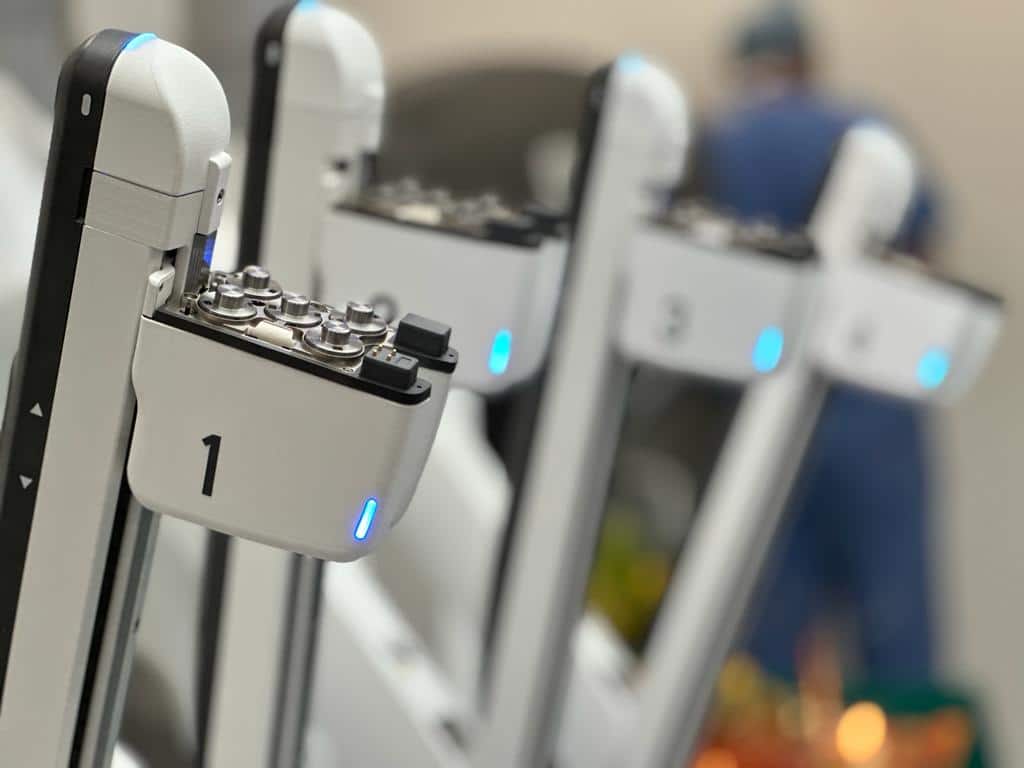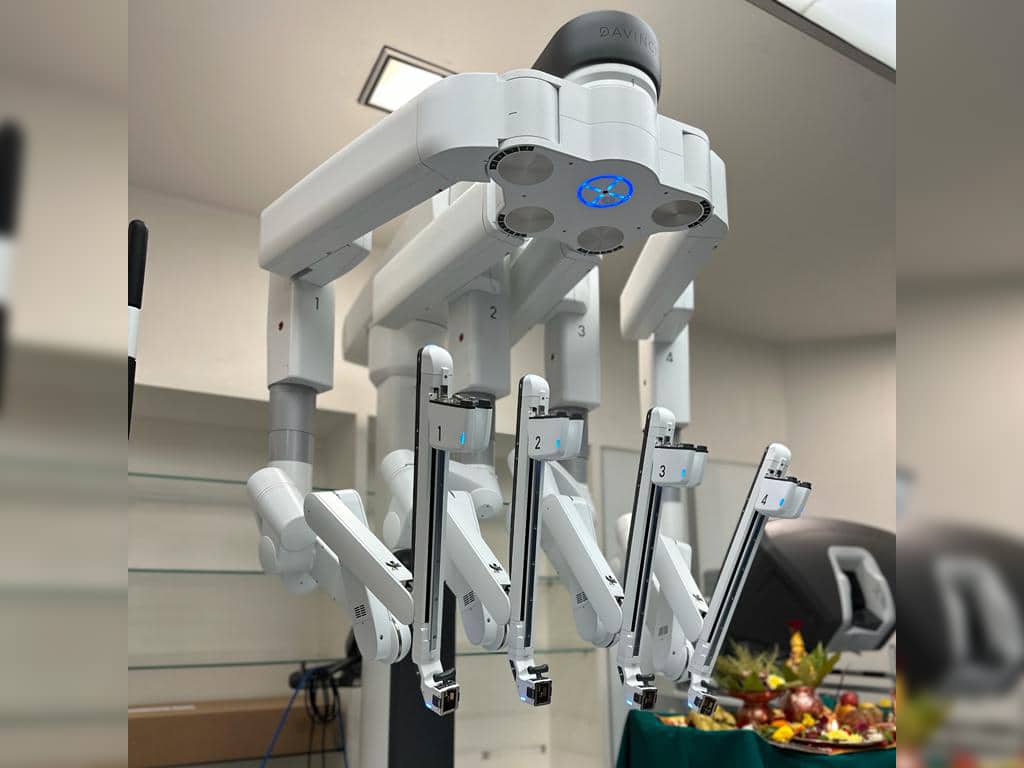Robotic-Assisted Surgery in Urology: A Game-Changer for Patient Care?

Robotic-assisted surgery has rapidly transformed the landscape of urology, introducing an innovative technology that is reshaping the field. Its remarkable precision, improved visualization, and minimally invasive techniques have propelled robotic-assisted surgery to the forefront of urological procedures. Join us as we delve into the extensive advantages and diverse applications of this ground-breaking approach, uncovering its profound impact on patient outcomes and envisioning the promising future it holds for urological interventions.
Advantages of Robotic-Assisted Surgery
1. Enhanced Precision:
Robotic systems offer surgeons enhanced precision and control, enabling them to achieve meticulous manipulation of surgical instruments. With the ability to replicate the movements of the surgeon’s hands with heightened dexterity, the robotic arms facilitate delicate and precise maneuvers even during intricate procedures.
2. Improved Visualization:
High-definition 3D imaging provides surgeons with a magnified, detailed view of the surgical site. This enhanced visualization helps in identifying anatomical structures with clarity, resulting in more accurate surgical interventions.
3. Minimally Invasive Approach:
Robotic-assisted surgery utilizes smaller incisions compared to traditional open surgery, reducing post-operative pain, scarring, and blood loss. Patients benefit from faster recovery times, shorter hospital stays, and a quicker return to their daily activities.
4. Reduced Risk of Complications: Robotic-assisted surgery’s
minimally invasive approach significantly mitigates the risk of complications, including infections, bleeding, and damage to surrounding tissues. As a result, patient safety is greatly enhanced, leading to improved surgical outcomes and overall well-being.


Applications of Robotic-Assisted Surgery in Urology
1. Prostate Surgery:
Robotic-assisted radical prostatectomy has become the gold standard for treating prostate cancer. It offers improved cancer control rates, decreased blood loss, and faster recovery compared to traditional open surgery.
2. Kidney Surgery:
Robotic-assisted partial nephrectomy and robotic-assisted radical nephrectomy are commonly performed for kidney cancer. These procedures preserve kidney function while effectively removing cancerous tissue.
3. Bladder Surgery:
Robotic-assisted cystectomy is used in the treatment of bladder cancer. It allows for precise removal of the bladder while minimizing damage to adjacent organs and preserving urinary function.
4. Reconstruction and Reconstructive Procedures:
Robotic-assisted surgery is also utilized in reconstructive procedures, including urinary tract reconstruction, ureteral reimplantation, and pyeloplasty (corrective surgery for ureteropelvic junction obstruction).
The future of urological interventions lies in the continued integration of robotic-assisted surgery, paving the way for more precise, efficient, and successful treatments in urology. If you are considering urological surgery and want to explore the advancements of robotic-assisted procedures, Advanced Urology Mumbai is the trusted choice. The experienced team and state-of-the-art facilities can provide you with comprehensive care and access to cutting-edge robotic technology.















